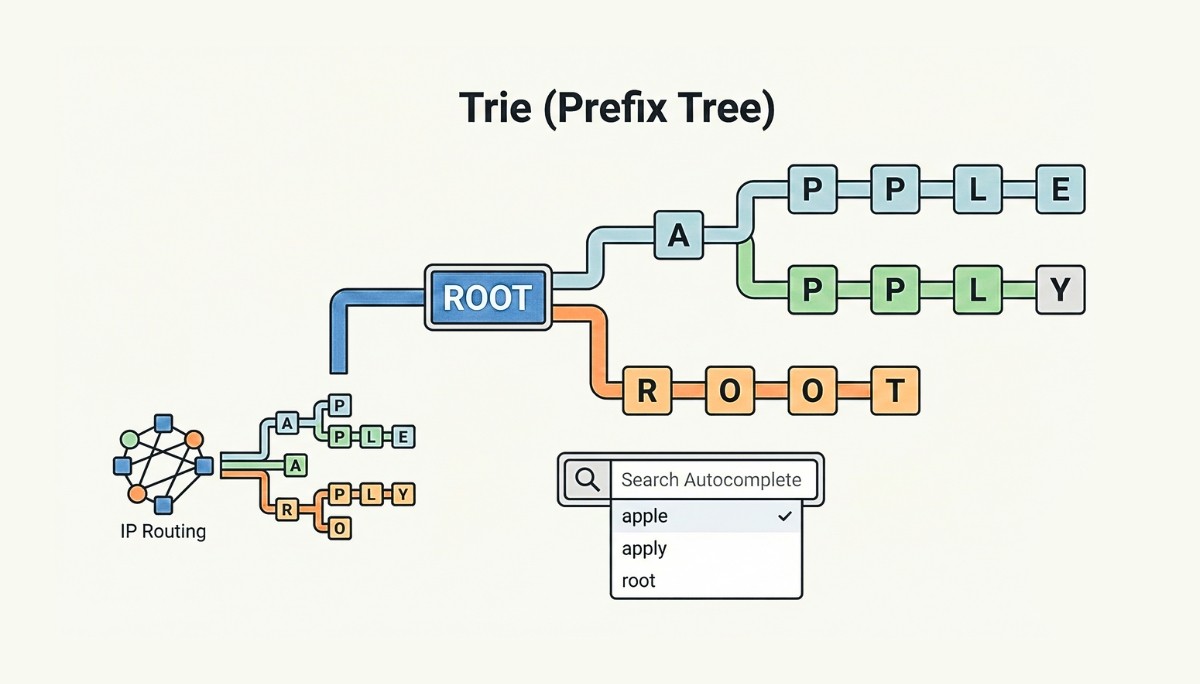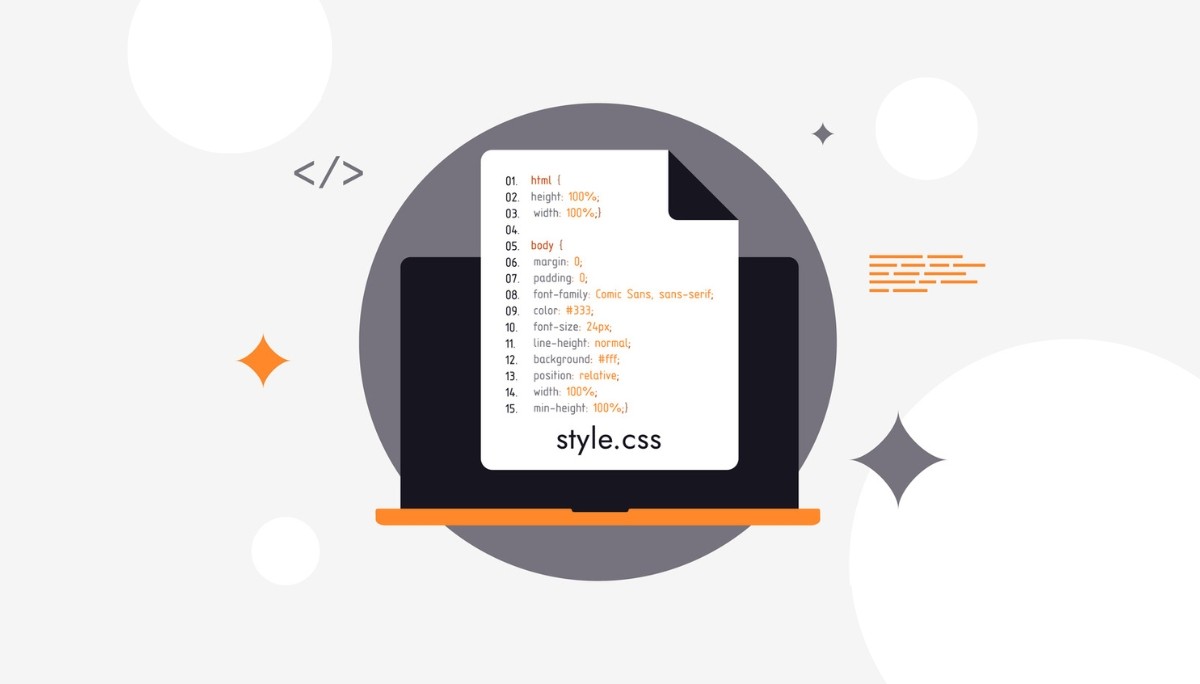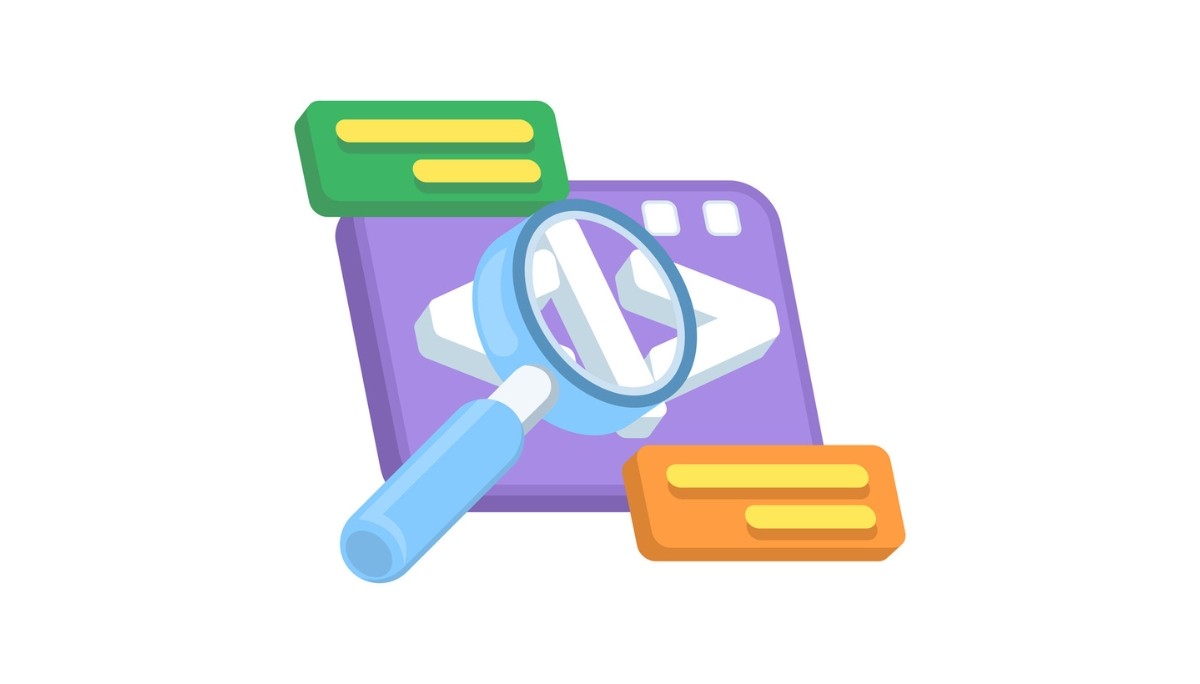Python Programming PDF Guide: Downloadable Codes and Tutorials
By
Ethan Fahey
•
Sep 26, 2025
If you’re on the hunt for a solid Python programming PDF, you’re in the right place. This article pulls together detailed tutorials and downloadable PDFs designed to help you learn, practice, and master Python, whether you’re just starting out or already an advanced user. For those in the business sector, especially recruiters and AI engineers, Python remains one of the most sought-after skills. That’s why Fonzi AI not only helps companies stay ahead of hiring trends but also connects you with top Python talent who can drive innovation in your organization.
Key Takeaways
Python libraries like PyMuPDF and PdfReader simplify reading and extracting data from PDFs, making it easy to handle large documents.
ReportLab enables users to create professional-quality PDFs by providing tools for setting up a canvas, adding text and images, and formatting documents.
Automating PDF tasks with Python scripts enhances efficiency by allowing batch processing and dynamic document generation, reducing manual errors.
Reading and Extracting Data from PDF Files

Reading and extracting data from PDF files is essential, especially when handling large volumes of documents. Python simplifies this task with libraries like PyMuPDF and PdfReader, which handle various aspects of PDF manipulation. These libraries support extracting text, gathering metadata, and performing other tasks.
Reading PDFs is the first step. PyMuPDF is a versatile library that allows you to open PDF documents and extract text easily. PdfReader, on the other hand, excels in accessing metadata, providing a dictionary of information about the document. Each library has unique strengths, which will be explored in the following subsections.
With the right tools, you can transform your interaction with PDF files. This section covers using PyMuPDF for text extraction and PdfReader for gathering metadata.
Using PyMuPDF for Text Extraction
PyMuPDF is a powerful library for text extraction, allowing you to open and read PDF files effortlessly. To get started, you’ll need to create a Document object using either pymupdf.open(filename) or pymupdf.Document(filename). This step initializes the PDF file, making it ready for text extraction.
Once the document is open, extracting text is a breeze. The Page.get_text() method is your go-to tool for this task. It offers flexibility in output formats, enabling you to extract text as plain text, blocks, or even structured HTML. This customization ensures you get the text in the format that best suits your needs.
Text extraction with PyMuPDF is efficient and versatile. Whether you’re working on a simple script to pull text from a single document or developing a complex application to handle multiple PDFs, PyMuPDF offers the necessary functionality.
Gathering Metadata with PdfReader
PdfReader excels at extracting metadata from PDF documents. Metadata includes vital information like the author, title, and creation date, which is invaluable for organizing and managing your PDF files.
The metadata extracted by PdfReader is presented as a dictionary, containing various keys related to the document’s information. To retrieve specific metadata, such as the title or subject, you can utilize the metadata attribute of the PdfReader instance. This method ensures you get the exact information you need in a structured and accessible format.
PdfReader’s ability to gather metadata makes it powerful for anyone managing large PDF collections. Extracting and organizing this information streamlines your workflow and ensures proper document cataloging.
Creating PDFs with ReportLab

Creating PDFs from scratch can seem daunting, but with the ReportLab library, it becomes straightforward and rewarding. ReportLab is designed for programmatically generating PDF files, offering features to create professional-quality documents. Whether creating simple text-based PDFs or complex documents with tables and graphics, ReportLab meets your needs.
The process begins with:
Setting up your canvas, the foundation for your PDF creation.
Adding text, images, and other content to your document.
Formatting to ensure the finished product looks polished and professional.
With ReportLab, you can create customized PDFs that meet your specific needs. Whether generating reports, forms, or other documents, ReportLab offers the tools to do it efficiently and effectively.
Setting Up Your Canvas
Setting up your canvas is the first step in creating a PDF with ReportLab. Create an instance of the Canvas class to define the dimensions and layout of your document. For instance, create a PDF with letter-sized pages by specifying the appropriate dimensions.
The page size can be defined using the pagesize argument as a tuple of width and height in points. For a letter-sized piece of paper, the dimensions are (612.0, 792.0) points. You can also define custom page sizes using tuples that represent the desired dimensions.
Once your canvas is set up, you can start adding content to your PDF. ReportLab’s flexibility allows you to create documents tailored to your specific needs, whether for business, education, or personal use.
Adding Text and Images
Adding text and images to your PDF is a crucial step in the creation process. With ReportLab, you can use the drawString method to add text to your document. This method allows you to specify the text and font settings, as well as the coordinates for placement. Positioning text accurately ensures that your document looks organized and professional.
Similarly, you can add images to your PDF using the drawImage method. This requires providing the file path of the image and specifying the coordinates for placement. Adding images can enhance the visual appeal of your document and provide additional information or context.
Combining text and images creates visually engaging PDFs that effectively communicate your message. Whether creating reports, presentations, or marketing materials, ReportLab provides tools to make your documents stand out.
Formatting Your PDF
Formatting your PDF is the final step, ensuring your PDF document looks polished and professional. Enhance the appearance by implementing headers and footers. Draw these directly onto the canvas at specified positions for a consistent and organized look.
Adjust styling elements such as font size, color, and alignment to suit your needs. Consider the following tips:
Use different font sizes to create a visual hierarchy within your document.
Use different colors to highlight important information.
Adjust alignment to improve the overall layout and readability.
Paying attention to formatting ensures your PDF is both functional and aesthetically pleasing. ReportLab’s flexibility allows you to customize every aspect of your document to meet specific requirements.
Modifying Existing PDFs

Sometimes, you need to modify existing PDF documents rather than create new ones. Python provides powerful tools for this, including the PdfReader and PdfWriter classes from the Pythonpdf library. These tools allow you to read and modify PDF files, performing tasks such as:
Merging pages
Splitting pages
Rotating pages
Cropping pages.
Modifying PDFs is useful for organizing and managing large document collections. Whether combining multiple files, extracting specific pages, or adjusting layout and orientation, Python makes these tasks easy.
The following subsections cover merging, splitting, rotating, and cropping PDFs. With the right tools, modifying existing PDFs becomes straightforward and efficient. Whether working on a personal project or managing business documents, Python provides the necessary functionality.
Merging and Splitting PDFs
Merging and splitting PDFs are common tasks that can be easily accomplished with Python. To merge PDF files, you can use the PdfMerger class. This involves creating a PdfMerger instance and using the .append() method to add files. Merging PDFs allows you to combine multiple documents into a single file, which can be useful for organizing related information.
Splitting PDFs involves identifying specific pages and saving each as a new PDF file. Use the PdfReader class to read and identify the pages before splitting. Splitting PDFs allows you to extract and save individual pages or sections from a larger document.
Whether merging or splitting PDFs, Python provides tools to perform these tasks efficiently and effectively. These capabilities are especially useful for managing large document collections and ensuring your files are organized and accessible.
Rotating and Cropping Pages
Rotating and cropping pages are essential tasks for adjusting the layout and orientation of content within a PDF. You can use the option to rotate pages. This feature allows you to adjust the orientation as needed. Use the rotate() ``` method of the PageObject class. This method allows you to rotate pages clockwise by multiples of 90 degrees, making it easy to adjust the orientation of your document.
Cropping pages involves defining the area to be retained using the RectangleObject, removing unwanted margins, or focusing on specific content within a page. Cropping is particularly useful for preparing documents for printing or presentation. Rotating and cropping pages ensure your PDF documents are properly formatted and visually appealing. Python simplifies these tasks, allowing quick and easy adjustments to meet your needs.
Encrypting and Decrypting PDFs

Security is critical when handling sensitive information in PDF documents. Encrypting and decrypting PDFs ensures only authorized users can access the content, protecting your data. Python’s pypdf library provides tools to perform these tasks efficiently.
Encryption adds password protection to your PDFs, preventing unauthorized users from opening or modifying the document. Decryption removes this protection, allowing you to access and edit the content as needed. The following subsections explore encrypting and decrypting PDFs in detail.
With the ability to secure your PDF documents, you can confidently share sensitive information, knowing it is protected from unauthorized access. Python simplifies implementing these security measures, ensuring your documents remain safe and secure.
Encrypting PDFs
Encrypting PDFs is a straightforward process with the pypdf library. To add password protection to your PDF files, you can use the PdfWriter.encrypt() method. This method requires a user password and an optional owner password, which provides different levels of access to the document.
The encrypted PDF is saved with a new filename to ensure that the original document remains unaltered. For example, if you’re encrypting a file named top_secret.pdf, the encrypted version will be saved as top_secret_encrypted.pdf. This approach ensures that you always have a secure copy of your document.
Encrypting your PDFs protects sensitive information and controls who has access to your documents. This is particularly important for business and legal documents, ensuring your data remains secure and confidential.
Decrypting PDFs
Decrypting PDFs is equally straightforward with the pypdf library. To remove encryption from a PDF, you can use the PdfReader.decrypt() method. This method requires the correct password to successfully decrypt the document. Attempting to access the contents of an encrypted PDF without decrypting it first will result in a FileNotDecryptedError. The main difference between the two methods is their effectiveness in achieving the desired value results.
Once the correct password is provided, the decrypt() method returns an enumeration object indicating the success of the decryption. Upon successful decryption, you can access and manipulate the content of the PDF as needed.
Decrypting PDFs is essential when you need to edit or extract information from a secured document. With Python, the process is simple and efficient, ensuring that you can manage your encrypted PDFs with ease.
Automating PDF Tasks with Scripts
Automating PDF tasks can significantly streamline your workflow, especially when dealing with repetitive tasks. Scripting these tasks with Python not only saves time but also reduces the risk of manual errors. Whether you’re creating PDFs, modifying existing ones, or processing large batches of documents, automation can make your work more efficient and consistent.
Automation is particularly useful for tasks such as generating individualized PDF documents and batch processing multiple files. Let’s explore how you can automate these tasks and the benefits they offer in the following subsections.
By leveraging Python’s powerful libraries and scripting capabilities, you can automate a wide range of PDF tasks, freeing up your time for more important work.
Automating PDF Creation
Automating the creation of PDFs involves generating documents dynamically based on user input or predefined templates. This process can be particularly useful for creating individualized documents, such as invoices, reports, or certificates. By automating PDF creation, you save time and reduce the risk of manual errors.
Python libraries like ReportLab enable developers to systematically create PDFs that meet specific formatting and content requirements. For example, you can generate personalized certificates for participants in a training program by automating the insertion of names and other details into a PDF template.
Automating PDF creation allows you to scale your document generation processes, ensuring consistency and efficiency. Whether you’re handling a few documents or thousands, automation makes the task manageable and error-free.
Batch Processing PDFs
Batch processing allows you to handle multiple PDF files simultaneously, significantly enhancing efficiency. This is particularly useful for large-scale operations, such as processing a collection of reports or archiving documents. By automating batch processing with scripts, you can modify large numbers of PDF files in a single operation, saving both time and effort.
Implementing batch processing with Python involves creating scripts that loop through a directory of PDFs and apply the necessary modifications to each file. For example, you can automate the process of merging a set of individual PDFs into a single document or splitting a large PDF into smaller sections based on specific criteria.
Batch processing is a powerful tool for managing extensive collections of PDF documents. By automating these tasks, you ensure that your document management processes are efficient, consistent, and scalable.
Python Programming PDF Resources

Learning Python programming is made easier with a wealth of downloadable resources available in PDF format. These resources cater to different learning levels, from beginners to advanced users, and cover a wide range of topics, including object-oriented programming, data structures, and algorithms. Whether you’re just starting with a Python program as your first programming language or looking to deepen your knowledge, these resources provide valuable information and practical examples.
The resources are divided into free Python books, downloadable tutorials, and example code PDFs. Each type of resource offers unique benefits, helping you learn Python in a structured and effective manner. Let’s explore each of these resources in detail.
By leveraging these resources, you can enhance your Python programming skills and apply your knowledge to various projects and tasks. Use your developer token.
Free Python Books
Free Python books are an excellent resource for learning Python programming. These books cover key topics and provide practical examples to help you understand and apply Python concepts. For instance, ‘Think Python’ is an open-access e-book that simplifies Python concepts with practical examples and exercises.
These free books remove financial barriers to learning, making quality education accessible to everyone. Whether you’re a beginner or an experienced programmer, free Python books offer valuable insights and knowledge that can help you improve your programming skills.
By taking advantage of these free resources, you can learn Python at your own pace and enhance your understanding of the programming language. These books are a valuable addition to any programmer’s library, providing a solid foundation for your Python journey.
Downloadable Tutorials
Downloadable tutorials provide a structured approach to learning Python, covering a wide range of topics from introductory concepts to advanced programming techniques. These tutorials cater to various learning levels, making them suitable for both beginners and advanced users.
For example, Coursera offers a ‘Python for Everybody’ course that starts with basic concepts and progresses to complex data handling techniques in computer science. These tutorials can be downloaded as PDFs, allowing you to access the materials offline and learn at your own pace.
By using these downloadable tutorials, you can build a comprehensive understanding of Python programming. The structured approach ensures that you cover all essential topics and gain the skills needed to tackle real-world programming challenges.
Example Code PDFs
Example code PDFs are a valuable resource for practical learning, providing code snippets and projects that you can reference and apply in your own work. These resources often include tutorials covering various Python projects, helping you see how theoretical concepts are applied in real-world scenarios.
To convert Python code into a PDF file, various tools and libraries can facilitate this process, allowing for easy exporting of code snippets. By having access to example code PDFs, you can learn from well-documented code and improve your coding skills through practice.
These example code PDFs are an excellent way to enhance your understanding of Python programming. By studying and experimenting with the provided code, you can develop practical skills that will be invaluable in your programming journey.
Summary
In conclusion, mastering PDF manipulation with Python opens up a world of possibilities for managing documents efficiently and effectively. From extracting data and gathering metadata to creating, modifying, encrypting, and automating PDF tasks, Python provides powerful tools to handle all aspects of PDF management. By leveraging libraries like PyMuPDF, PdfReader, ReportLab, and pypdf, you can streamline your workflow and enhance your productivity.
The resources provided in this guide, including free books, downloadable tutorials, and example code PDFs, offer invaluable support for learning Python programming. These resources cater to different learning levels and provide practical examples to help you apply your knowledge in real-world scenarios.
As you dive into your Python programming journey, keep in mind that the real key to success lies in consistent practice and ongoing learning. Try out the tools and techniques covered in this guide, and don’t be afraid to explore extra resources to push your skills even further. For recruiters and AI engineers, this mindset applies just as much to hiring and team development; continuous growth keeps you competitive. That’s where Fonzi AI comes in, helping businesses identify top Python talent and stay ahead of the curve in today’s fast-moving tech landscape.




